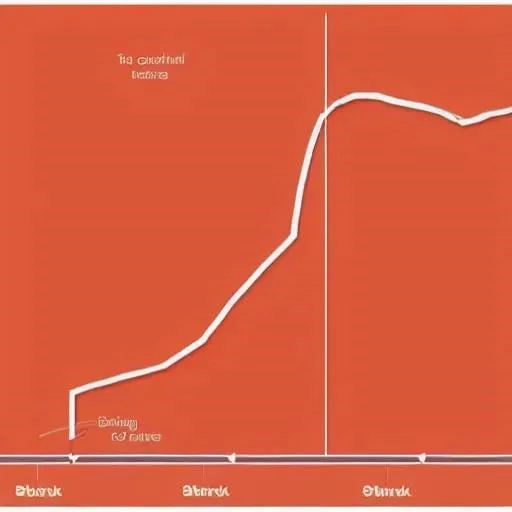Embarking on the exciting journey of purchasing a new vehicle is often accompanied by a whirlwind of decisions, from choosing the perfect model to negotiating the right price. Yet, for many prospective car owners, the financing aspect remains a perplexing labyrinth, particularly when encountering terms like APR and APY. In the dynamic financial landscape of 2025, understanding these critical distinctions is not merely academic; it is, in fact, the indispensable key to securing the most favorable terms for your investment and potentially saving thousands over the life of your loan. This article demystifies these financial acronyms, empowering you to navigate the complexities of auto financing with unparalleled confidence and clarity.
The core of this widespread confusion often stems from a fundamental misunderstanding of how interest is calculated and applied across different financial products. While both Annual Percentage Rate (APR) and Annual Percentage Yield (APY) relate to interest, their applications are distinctly different, serving opposing purposes in the world of personal finance. One calculates what you pay, while the other measures what you earn. Recognizing this pivotal difference is the very first step toward making truly informed decisions about your car loan.
| Feature | Annual Percentage Rate (APR) | Annual Percentage Yield (APY) |
|---|---|---|
| Purpose | Measures the cost of borrowing money (loans, credit cards). | Measures the earnings on deposited money (savings, CDs). |
| Components | Interest rate + additional fees (e.g., origination fees, closing costs). | Interest rate + the effect of compound interest. |
| Relevance to Car Loans | Critically important – it’s the true annual cost you pay. | Not applicable – car loans are borrowing, not earning. |
| Interest Type | Typically simple interest for car loans. | Always incorporates compound interest. |
| Consumer Action | Aim for the lowest APR when borrowing. | Aim for the highest APY when saving. |
For more detailed financial insights, consider resources like Consumer Financial Protection Bureau.
For car loans, the answer is unequivocally APR. The Annual Percentage Rate represents the total cost of borrowing money over a year, encompassing not just the stated interest rate but also any additional fees or charges associated with the loan. This holistic figure provides a standardized metric, making it incredibly effective for consumers comparing loan offers from various lenders. By integrating insights from the federal Truth in Lending Act (TILA), which mandates that lenders disclose the APR before finalizing any auto loan, consumers are empowered to make direct, apples-to-apples comparisons, ensuring transparency and fostering a competitive lending environment. This crucial piece of legislation has profoundly transformed how borrowers approach financing, shifting the focus from mere interest rates to the comprehensive cost of credit.
Conversely, APY, or Annual Percentage Yield, is a metric primarily used for savings accounts, certificates of deposit (CDs), and other interest-bearing deposits. It quantifies the total amount of interest you earn over a year, taking into account the powerful effect of compound interest – where interest earned also begins to earn interest. Car loans, being a form of debt, operate on the opposite principle; you are paying interest, not earning it. Furthermore, auto loans typically utilize simple interest, meaning interest is calculated solely on the principal amount borrowed, rather than compounding over time. This fundamental difference underscores why APY is irrelevant when assessing the cost of financing a vehicle.
Understanding the car loan APR is an empowering financial superpower. A lower APR translates directly into lower monthly payments and reduced total interest paid over the loan term, potentially saving you thousands. As Valerie Morris, a Staff Personal Finance Editor at Buy Side, rightly notes, your credit score significantly influences the APRs offered by lenders in 2025. A stellar credit history signals reliability, often unlocking access to the most competitive rates available, sometimes even “0 introductory APR” offers on specific credit products, though typically not for standard car loans. Proactively improving your credit health, therefore, becomes a remarkably effective strategy for securing optimal financing, transforming your financial future and driving down the cost of your dream car.
The future of auto financing is undeniably bright for the informed consumer. Equipped with a clear understanding of APR, prospective car buyers are perfectly positioned to negotiate more effectively, compare offers meticulously, and ultimately make decisions that align with their long-term financial goals. Industry experts consistently emphasize that financial literacy is the most valuable asset a borrower can possess, far outweighing any short-term promotional gimmick. As we move further into 2025, the trend is clear: lenders are increasingly prioritizing transparency, and consumers are demanding it. This symbiotic relationship promises a more equitable and understandable lending landscape for everyone.






